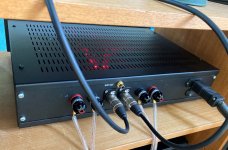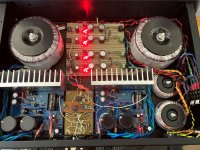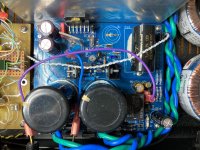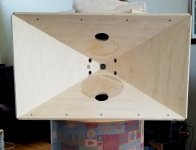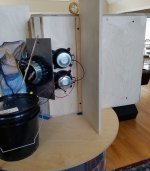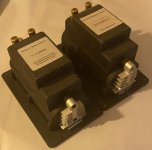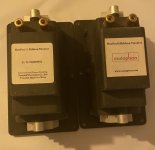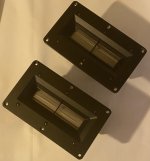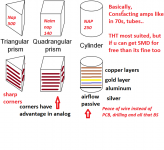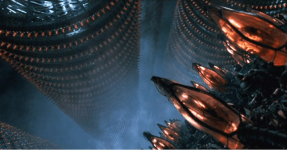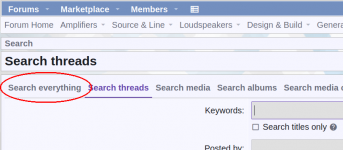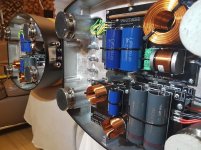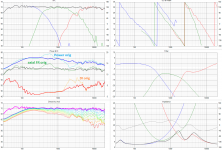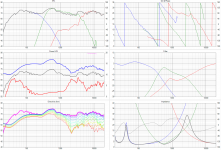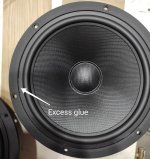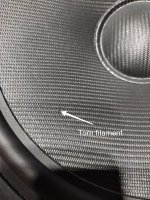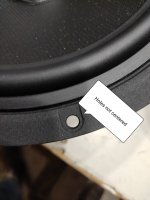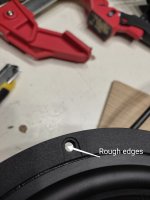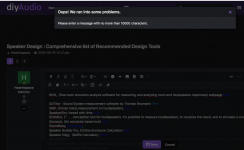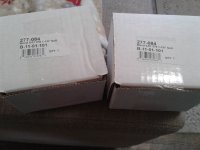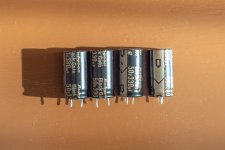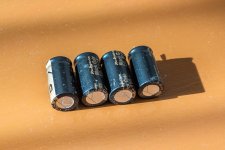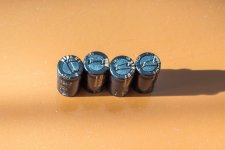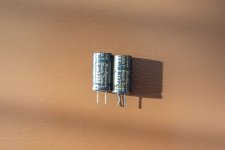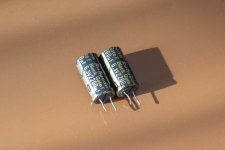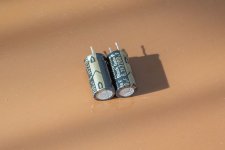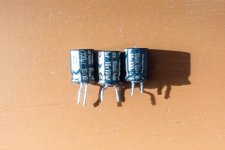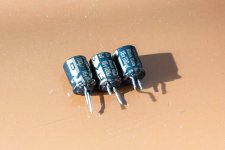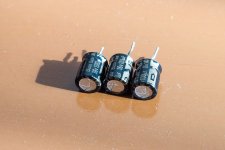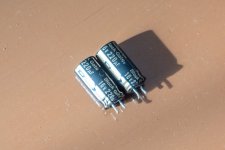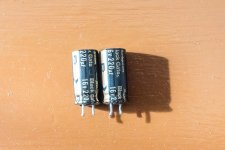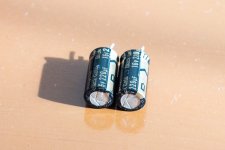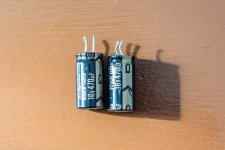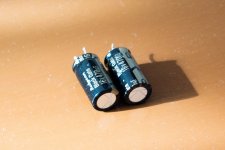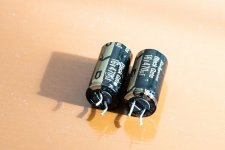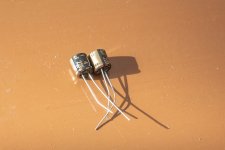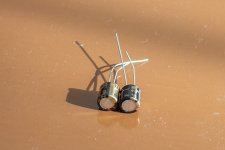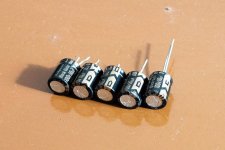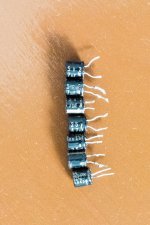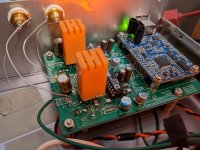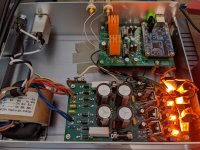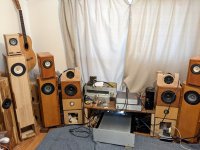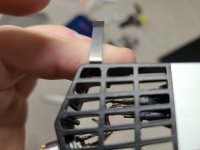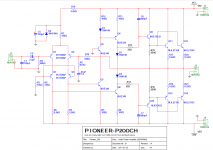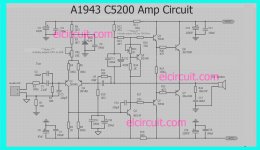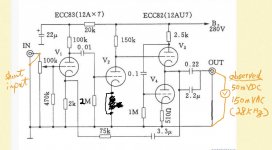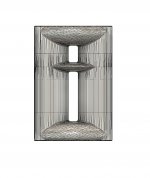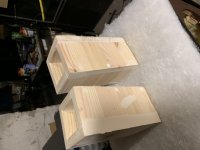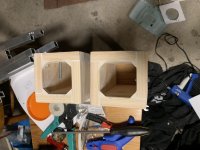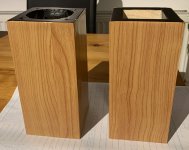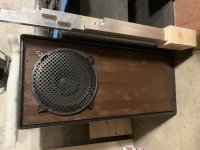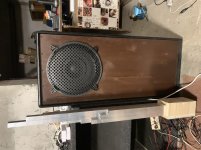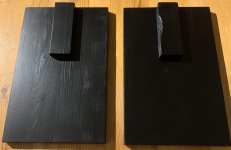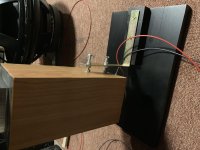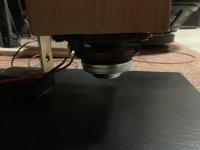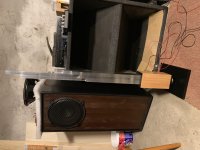Under Investigation All my bookmarks from before forum update are gone
- By UniQ
- Forum Problems & Feedback
- 5 Replies
I tried to search for my bookmarks and found only one I recently bookmarked, all the others are gone it seems, or what happened to them?
Edit:
It seems I must have mixed up the difference between Bookmarks and the "Watched" on the menu bar where the latter is sort of misleading as I thought "Watched" was a new feature on this forum keeping some kind of log of all threads I have ever watched, checking out "Watched" I just see a very long list of unsorted threads page after page and had no idea what I was looking at as it didn't resemble my neatly arranged and named folders.
It seems like bookmarks are a tool for saving a single post although it works for following a thread too, while the "Watch" is another type of bookmark sort of but only for a whole thread, if I got this right.
The poor thing is, those Watch-marks are now unsorted in random order without any tag/label/folder, and having over couple of hundreds of unsorted threads it's really difficult to find threads let alone remember why a thread was saved as I had lots of different folders for various topics I earlier saved under such as "Resistors", "Capacitors" etc., now it's near unmanageable and useless, terrible.
Will we have a folder option or some other way adding labels/tags for our "Watched" threads in the future, and, are the old folders stored somewhere and can/will they be restored at some point later?
Edit:
It seems I must have mixed up the difference between Bookmarks and the "Watched" on the menu bar where the latter is sort of misleading as I thought "Watched" was a new feature on this forum keeping some kind of log of all threads I have ever watched, checking out "Watched" I just see a very long list of unsorted threads page after page and had no idea what I was looking at as it didn't resemble my neatly arranged and named folders.
It seems like bookmarks are a tool for saving a single post although it works for following a thread too, while the "Watch" is another type of bookmark sort of but only for a whole thread, if I got this right.
The poor thing is, those Watch-marks are now unsorted in random order without any tag/label/folder, and having over couple of hundreds of unsorted threads it's really difficult to find threads let alone remember why a thread was saved as I had lots of different folders for various topics I earlier saved under such as "Resistors", "Capacitors" etc., now it's near unmanageable and useless, terrible.
Will we have a folder option or some other way adding labels/tags for our "Watched" threads in the future, and, are the old folders stored somewhere and can/will they be restored at some point later?
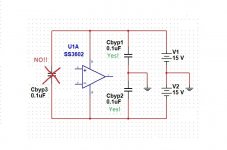
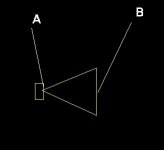
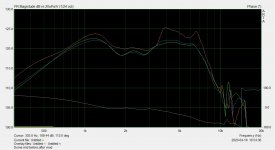
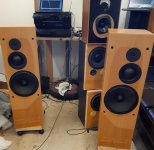



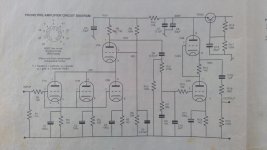
 ) seems that they are only interested in selling their products. I tried googling and digging for info but none avail. I tried powdering the power ic with graphite to see if I could lift out some markings (ala CSI) but none is left. The power modules where the STK, STR,STV type I guess. Please help me identify the power modules. Thanks a lot.
) seems that they are only interested in selling their products. I tried googling and digging for info but none avail. I tried powdering the power ic with graphite to see if I could lift out some markings (ala CSI) but none is left. The power modules where the STK, STR,STV type I guess. Please help me identify the power modules. Thanks a lot. 